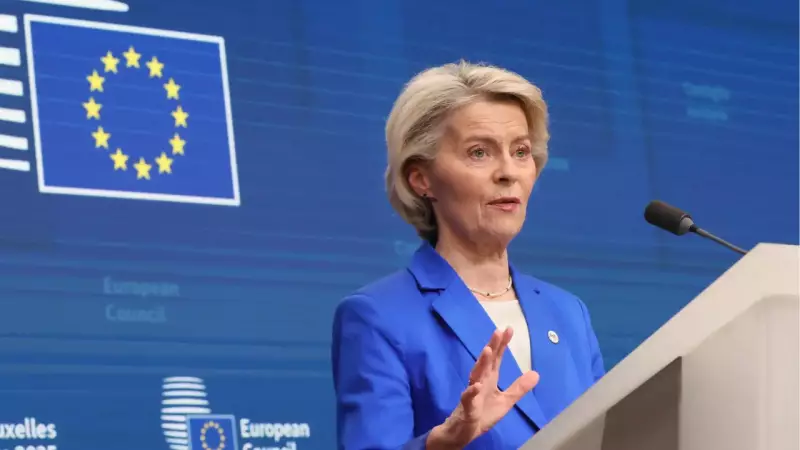
In a bold move that could reshape global supply chains, the European Union is mounting a strategic offensive to break China's dominance over rare earth elements - the crucial minerals powering everything from electric vehicles to wind turbines and smartphones.
Europe's Critical Minerals Crisis
The EU currently imports a staggering 98-99% of its rare earth magnets from China, creating what officials describe as an "untenable" dependency for the bloc's green transition ambitions. This reliance poses significant risks to Europe's automotive, renewable energy, and defense industries.
The Three-Pronged Strategy
European authorities are deploying a comprehensive approach to secure mineral independence:
- Massive Recycling Push: Transforming electronic waste into valuable resource streams through advanced recycling technologies
- Global Partnership Network: Forging strategic alliances with resource-rich nations beyond China
- Domestic Capacity Building: Developing internal processing capabilities and exploring untapped European deposits
Turning Trash into Treasure
The recycling initiative represents a paradigm shift in how Europe views electronic waste. Instead of seeing discarded devices as trash, the EU now recognizes them as "urban mines" containing precious rare earth elements that can be recovered and reused indefinitely.
"We cannot build our green future on someone else's soil alone," noted a senior EU official involved in the strategy. "The time has come to create a circular economy for critical minerals that makes Europe more resilient and sustainable."
Global Supply Chain Reshuffle
Beyond recycling, the EU is actively courting partnerships with countries in Africa, South America, and Southeast Asia to diversify its rare earth sources. This geopolitical maneuvering aims to create multiple, reliable supply routes that reduce vulnerability to any single nation's export policies.
The success of this strategy could determine whether Europe meets its ambitious climate goals while maintaining industrial competitiveness in the rapidly evolving global clean technology race.





